What happens if an employer violates an Occupational Safety and Health standard?
The American workplace is governed by numerous laws designed to protect employees, but few are as critical to a worker’s daily safety as those enforced by the Occupational Safety and Health Administration (OSHA). Established in 1970 under the OSH Act, OSHA is the federal agency responsible for setting and enforcing standards that ensure safe and healthful working conditions for America's workforce.
These standards are the backbone of workplace safety, dictating everything from how to prevent falls on a construction site to permissible exposure limits for toxic substances in a factory. They serve a dual purpose: they legally enforce employer accountability while also safeguarding the lives and well-being of workers. When an employer fails to meet these critical requirements, the consequences can be severe—not only for the employees whose lives are put at risk but also for the company's financial and legal standing.
This article provides a detailed look at the consequences of violating OSHA regulations, covering the inspection and citation process, the range of financial penalties, the different categories of violations, the fundamental safety obligations of every employer, and the essential legal protections afforded to employees who report hazards.
What Happens If an Employer Violates an OSHA Standard?
The process of discovering and penalizing an OSHA violation begins with an inspection, which is the agency’s primary enforcement tool.
The OSHA Inspection Process
OSHA inspections are typically triggered in one of four ways:
Imminent Danger: Hazards that could cause death or serious physical harm immediately.
Catastrophes/Fatalities: Investigations following a death, inpatient hospitalization, amputation, or eye loss.
Employee Complaints: Workers have the right to file confidential complaints about unsafe or unhealthful working conditions.
Programmed/Targeted Inspections: Scheduled inspections focused on high-hazard industries or workplaces with high rates of injury and illness.
During the inspection, an OSHA Compliance Safety and Health Officer (CSHO) will tour the facility, interview employees and management, and review required documents (like injury and illness logs). This is where a violation is first discovered.
Issuing a Citation and Correction
If the CSHO finds a violation of an OSHA standard, the employer will receive a Citation and Notification of Penalty. This formal document includes several critical components:
The violation: A description of the specific regulation violated and the hazardous condition.
The penalty: The proposed monetary fine.
Abatement Date: A mandatory deadline by which the employer must correct the hazard.
The employer is legally required to post a copy of the citation near the location where the violation occurred for at least three working days or until the hazard is corrected. Failure to meet the abatement date can result in additional, significant daily fines—a violation known as Failure to Abate.
Consequences Beyond the Fine
While financial penalties are often the most immediate consequence, an OSHA violation can have much broader repercussions:
Legal Obligations: Being cited for a violation can open the door to civil lawsuits from injured workers or their families.
Reputational Damage: Violations, particularly those involving serious injury or death, are public information. This can damage a company's reputation, affect its ability to secure contracts, and make it difficult to attract and retain talent.
Increased Scrutiny: Employers with a history of violations, particularly willful or repeated ones, may be placed on the Severe Violator Enforcement Program (SVEP) list, subjecting them to mandatory follow-up inspections and enhanced oversight.
What Are the Penalties for an OSHA Violation?
OSHA violations are categorized by severity, and maximum civil penalties are adjusted annually for inflation (typically every January).
| Type of Violation | Maximum Civil Penalty (As of Early 2025)* | Minimum Civil Penalty |
| Willful or Repeated | $$$165,514 per violation | $$$5,000 (for Willful) |
| Serious or Other-Than-Serious | $$$16,550 per violation | N/A |
| Failure to Abate | $$$16,550 per day beyond the abatement date | N/A |
*Note: Penalty amounts are subject to change annually based on inflation adjustments.
Scaling the Penalties
The final penalty amount is rarely the maximum figure. OSHA adjusts the penalty based on four factors:
Gravity: The severity and likelihood of injury or death.
Size of Business: Smaller businesses generally receive greater penalty reductions.
As of a policy change in July 2025, small employers (up to 25 employees) can qualify for a 70% reduction in penalties. Good Faith: A reduction may be applied if the employer demonstrates a commitment to safety and cooperation with OSHA.
An employer who immediately takes action to address a hazard may be eligible for a 15% reduction. History of Violations: Employers with no history of serious, willful, or repeat violations in the past five years are eligible for further reductions.
Civil vs. Criminal Penalties
The penalties detailed above are civil penalties.
What Are the Different Types of OSHA Violations?
OSHA classifies violations into distinct categories that reflect the employer's culpability and the potential harm to workers.
1. Serious Violation
A serious violation exists when the workplace hazard could cause death or serious physical harm, and the employer knew or should have known of the hazard.
Example: An employer fails to provide fall protection (like guardrails or safety nets) for workers on a roof 20 feet high. A fall from that height has a substantial probability of causing death or serious injury, and the employer should be aware of this risk.
2. Willful Violation
A willful violation is cited when an employer either knowingly failed to comply with a legal requirement (an OSHA standard) or acted with intentional disregard or plain indifference to employee safety. This carries the highest penalty.
Example: A trenching contractor is repeatedly warned by workers about the lack of protective shoring in a deep trench, yet the supervisor instructs the crew to continue working. If the trench collapses, this intentional disregard for the required trenching standard is a willful violation.
3. Repeated Violation
A repeated violation can be issued if an employer was previously cited for the same or a substantially similar violation at any of their facilities nationwide within the past five years. The penalty for a repeated violation is often significantly escalated.
Example: A manufacturing plant is cited for inadequate machine guarding on a conveyor belt. Two years later, during a follow-up inspection at the same plant (or a different plant owned by the same company), OSHA finds inadequate machine guarding on another piece of equipment.
4. Other-Than-Serious Violation
This classification is used for violations that have a direct relationship to job safety and health but are unlikely to cause death or serious physical harm. These may result in a fine, but it is often lower, and sometimes no monetary penalty is proposed.
Example: A failure to post the OSHA job safety and health poster in a conspicuous location, or certain paperwork errors in recordkeeping.
What Is an Employer’s Obligation Under OSHA?
An employer's fundamental obligations under OSHA extend beyond simply adhering to specific standards.
The General Duty Clause
Section 5(a)(1) of the OSH Act, known as the General Duty Clause, states that each employer "shall furnish to each of his employees employment and a place of employment which are free from recognized hazards that are causing or are likely to cause death or serious physical harm."
This clause is critically important because it acts as a "gap-filler."
A hazard existed.
The hazard was recognized (by the employer, industry, or common sense).
The hazard was causing or likely to cause death or serious physical harm.
There was a feasible and useful method to correct the hazard.
Other Core Obligations
In addition to the General Duty Clause, employers must also:
Provide Training: Train employees in a language and vocabulary they can understand about job hazards and protective measures.
Maintain Records: Keep accurate records of work-related injuries and illnesses (OSHA 300 logs).
Communicate Hazards: Use color codes, posters, labels, and signs to warn employees of potential hazards (e.g., Hazard Communication Standard).
Provide PPE: Furnish employees with and ensure they use appropriate personal protective equipment (PPE) at no cost.
Report Incidents: Report all work-related fatalities within 8 hours, and all inpatient hospitalizations, amputations, or losses of an eye within 24 hours.
Proactive compliance—implementing a comprehensive Safety and Health Program—is the single most effective way to protect workers, maintain a positive safety culture, and avoid costly violations.
Can Employees Report OSHA Violations Without Retaliation?
Yes. To ensure workers feel safe enough to report hazards, the OSH Act provides robust legal protection against employer reprisal.
Section 11(c) Whistleblower Protections
The primary shield for employees is Section 11(c) of the OSH Act.
Filing a complaint with OSHA.
Raising a safety or health concern with the employer.
Participating in an OSHA inspection.
Testifying in an OSHA proceeding.
In certain rare circumstances, refusing to perform a task if the employee has a reasonable apprehension of death or serious injury and there is insufficient time to contact OSHA.
Filing a Complaint and Relief
Employees who believe they have been retaliated against (e.g., fired, demoted, harassed, or given a negative performance review) for engaging in a protected activity must file a complaint with OSHA within 30 days of the alleged retaliatory action.
If OSHA finds that a violation of Section 11(c) has occurred, the agency can take legal action on the employee's behalf to seek relief.
Reinstatement to the former position.
Payment of back wages with interest.
Compensation for emotional distress and other expenses.
Retaliation is a severe violation that can result in additional, substantial penalties for the employer, entirely separate from the penalties associated with the original safety hazard.
Summary and Next Steps
When an employer violates an Occupational Safety and Health standard, the path forward involves swift consequence and mandatory correction. The process moves from an inspection triggered by an incident or complaint, to the issuance of a formal citation that details the violation type—Serious, Willful, Repeated, or Other-Than-Serious—and assesses a financial penalty.
For employers, compliance is not just a matter of following the law; it is a moral and business imperative. Failing to adhere to the General Duty Clause and specific standards can lead to severe financial fines (up to $$$165,514 per violation for willful offenses, as of early 2025), significant reputational harm, and potential criminal liability.
For workers, knowing your rights under Section 11(c) is essential. You have the right to a safe workplace and the legal protection to report hazards without fear of retaliation.
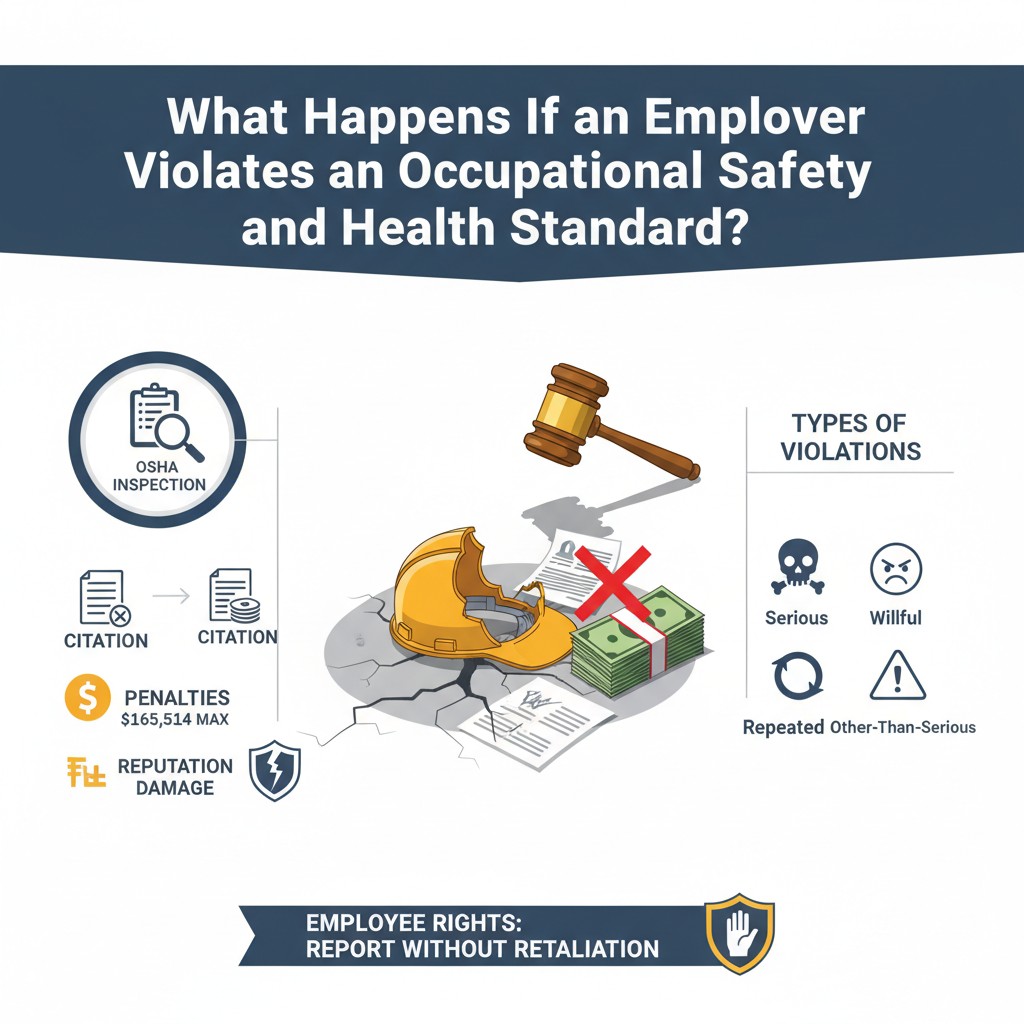

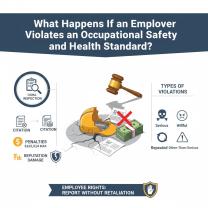
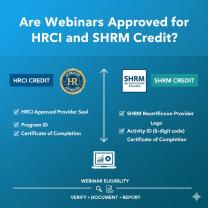

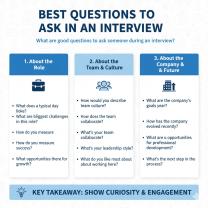



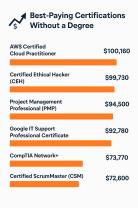

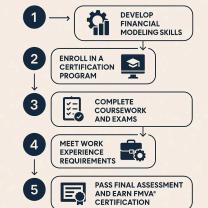


HRComplianceGuru
on October 06, 2025The distinction between **Serious** and **Willful** violations is key. One is 'should have known,' the other is 'intentional disregard.' That distinction drastically changes the fine amount and legal liability.